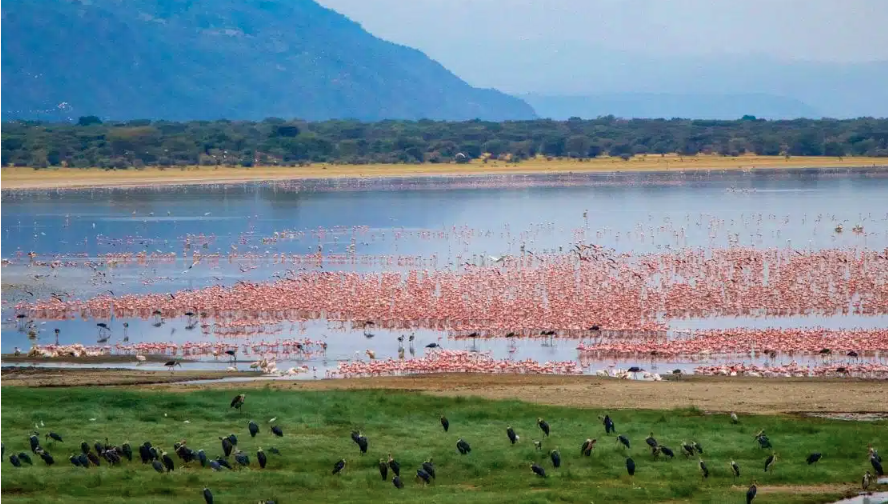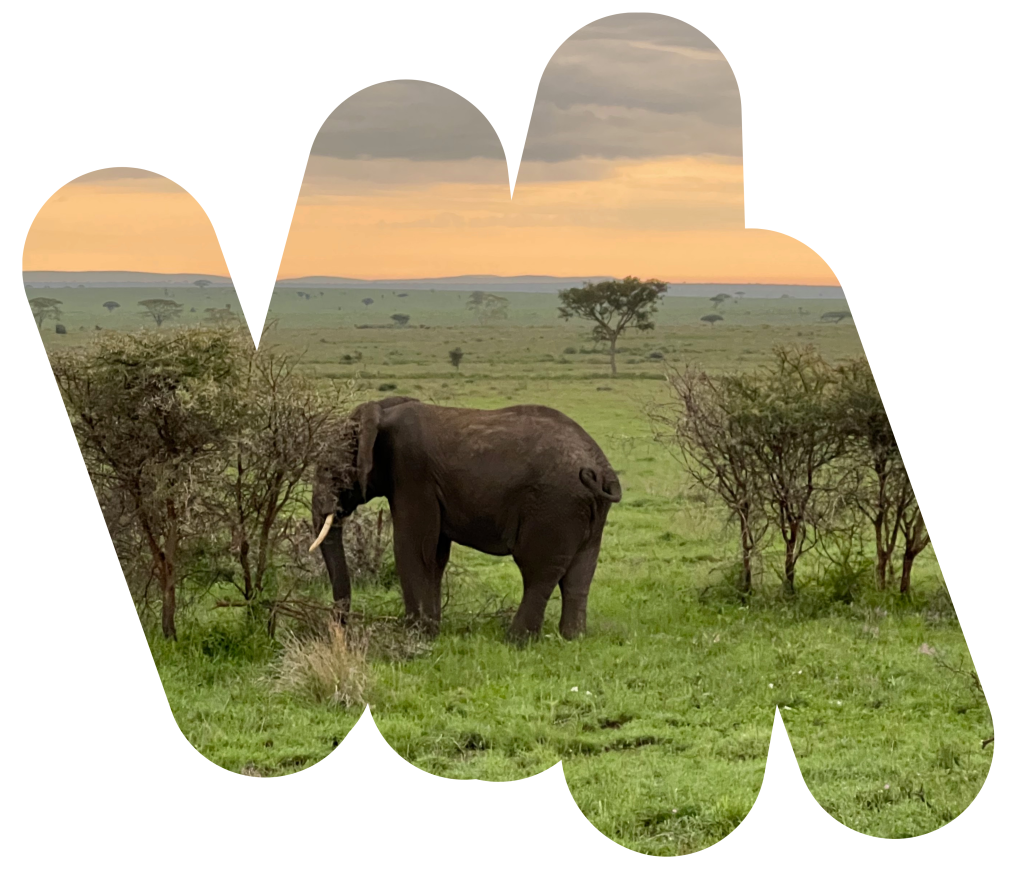
Experience the Tanzanian wildlife
Discover a Tanzanian safari, where iconic landscapes, host diverse wildlife, including the famed Great Migration and the Big Five.
Tanzania’s commitment to conservation ensures the preservation of these natural wonders, supported by responsible tourism practices.
Witness the sunrise over the Serengeti, engage with local communities, and contribute to the sustainability of these pristine landscapes. A Tanzanian safari is an unforgettable journey into the heart of East Africa’s untamed beauty.
SERENGETI
Serengeti National Park, a UNESCO World Heritage Site and one of Tanzania’s most iconic treasures, sprawls across 14,750 square kilometers of untamed wilderness. Renowned for its breathtaking landscapes and unparalleled wildlife, Serengeti translates to “Endless Plains” in the Maasai language, a fitting tribute to its vast, sweeping expanses.
Home to the famed Great Migration, where millions of wildebeest, zebras, and other herbivores traverse the Serengeti in search of fresh grazing, the park offers a front-row seat to nature’s grand spectacle. The migration unfolds in a continuous cycle, crossing rivers and grassy plains, attracting predators like lions, cheetahs, and crocodiles, creating an unparalleled display of nature’s raw power.
Beyond the migration, Serengeti boasts diverse ecosystems, from acacia-dotted savannas to dense woodlands and riverine forests. Each region harbors a distinct array of wildlife, fostering a rich tapestry of biodiversity. The park’s sprawling landscapes also host the Big Five—elephants, buffalos, rhinos, lions, and leopards—creating a haven for wildlife enthusiasts.

For a unique perspective, visitors can embark on hot air balloon safaris, floating gently above the Serengeti’s vast plains as the sun paints the horizon in hues of orange and gold. This aerial adventure provides an unmatched panorama of the wildlife and landscapes below, offering an experience that is both serene and awe-inspiring.
Enriching the Serengeti experience is the cultural heritage of the Maasai people, who have coexisted harmoniously with the wildlife for generations. Their presence adds a layer of cultural depth to the safari, showcasing their traditional practices, vibrant attire, and intricate beadwork.
Serengeti National Park remains committed to conservation and sustainable tourism practices. Its protected status ensures the preservation of this extraordinary ecosystem for future generations, fostering a delicate balance between wildlife, nature, and responsible tourism.
In the heart of Tanzania, Serengeti National Park stands as a testament to the untamed beauty of the African wilderness—a realm where nature’s drama unfolds on a grand scale, captivating the hearts of all who venture into its timeless expanse.
TARANGIRE
Where Giants Roam and Baobabs Stand Tall
Nestled in northern Tanzania, Tarangire National Park beckons with its unique charm. Spanning 2,850 square kilometers, the park is renowned for its vast landscapes dotted with iconic baobab trees and the meandering Tarangire River.
Tarangire is a haven for wildlife enthusiasts, boasting large populations of elephants that gracefully traverse its plains. The park’s diverse habitats support a rich variety of wildlife, from lions and leopards to giraffes, zebras, and an array of antelope species.
For birdwatchers, Tarangire is a paradise. The park hosts over 550 bird species, including vibrant flocks of flamingos, eagles, and hornbills, creating a symphony of colors and melodies in the skies.

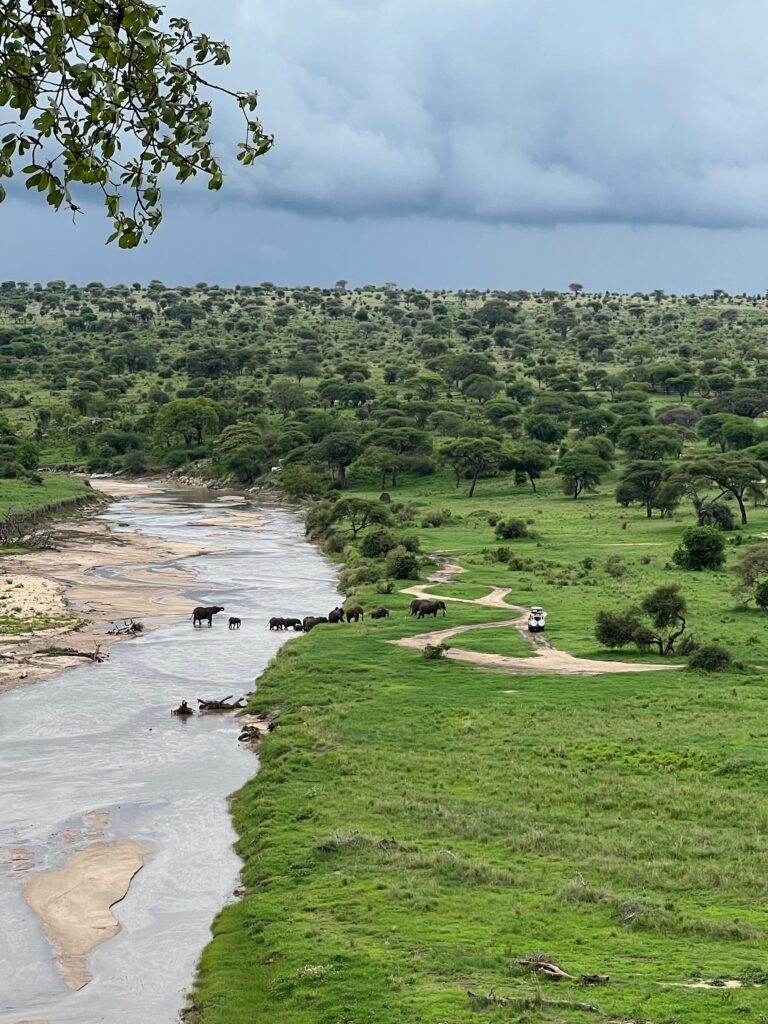
Compared to its more famous neighbors, Tarangire offers a quieter safari experience, making it an ideal destination for those seeking tranquility amid nature’s wonders.
The park is also home to the Maasai people, adding a cultural dimension to your visit. Engage with the local communities and learn about their traditional practices, creating a holistic safari experience.
Tarangire National Park is committed to conservation efforts, ensuring the protection of its unique ecosystems and the incredible biodiversity it supports.
A visit to Tarangire promises an intimate safari experience, where giants roam freely, baobabs stand tall, and the natural rhythm of the African wilderness unfolds in a serene and unspoiled setting.
NGORONGORO CRATER
Nestled in the heart of northern Tanzania, the Ngorongoro Crater stands as a geological marvel, a colossal caldera formed by the collapse of a massive volcano over two million years ago. Spanning over 260 square kilometers, this natural amphitheater is often hailed as the “Eden of Africa,” boasting a breathtaking array of landscapes and serving as a sanctuary for a rich tapestry of wildlife.
The crater’s floor, encircled by steep walls rising over 600 meters, is a haven for biodiversity, featuring the iconic Big Five—lions, elephants, buffalos, leopards, and rhinoceros—alongside wildebeests, zebras, and vibrant flamingos in the alkaline lakes. From expansive grassy plains to dense acacia forests and serene freshwater lakes, the diverse ecosystems within the crater create an enchanting spectacle.
Beyond its natural wonders, the Ngorongoro Crater holds cultural significance as the ancestral land of the Maasai people. Their nomadic lifestyle and harmonious coexistence with wildlife for centuries add a cultural layer to the overall experience, offering visitors a glimpse into a sustainable relationship between humans and nature.
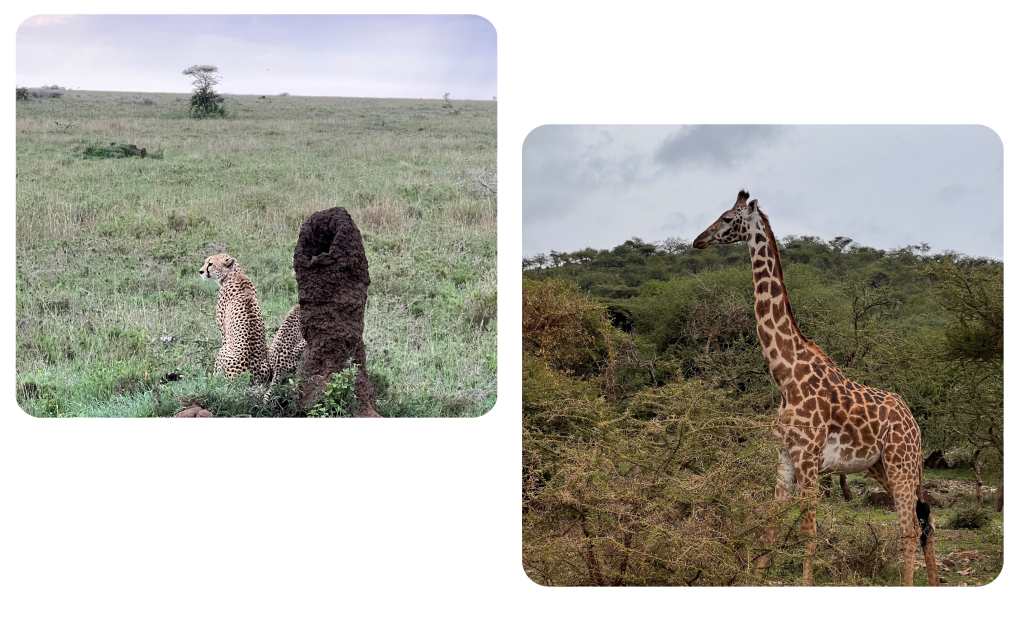
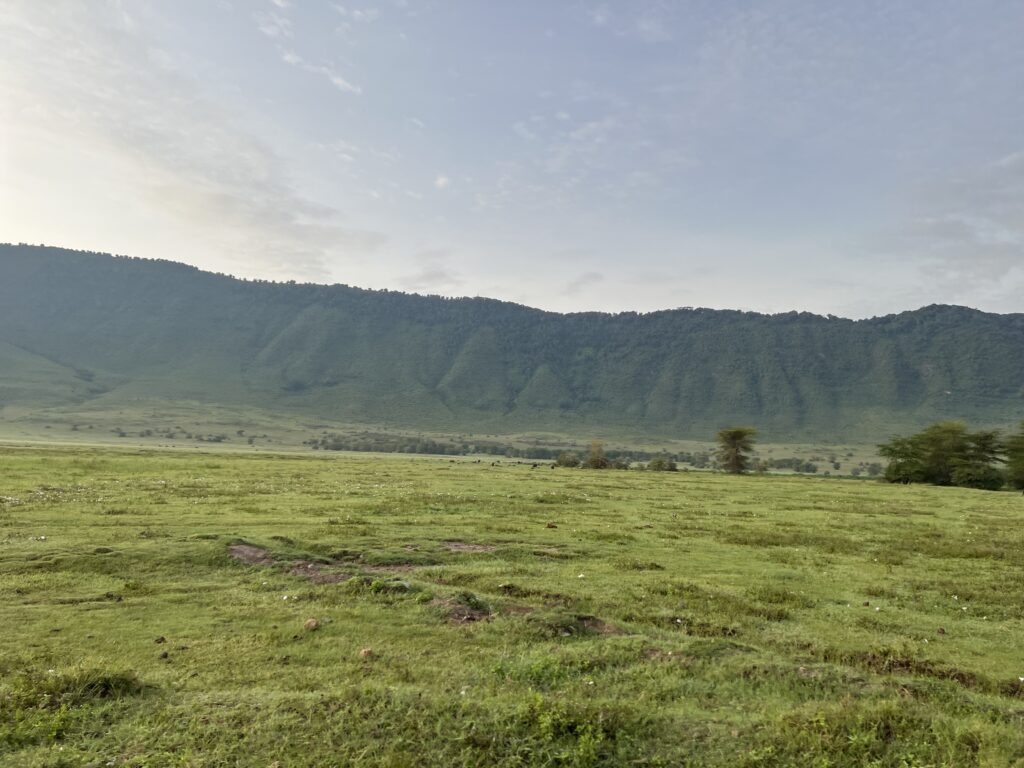
Recognized as a UNESCO World Heritage Site, the Ngorongoro Conservation Area is dedicated to preserving this delicate balance. Sustainable tourism practices and conservation efforts ensure the crater remains a thriving ecosystem. A visit to the Ngorongoro Crater promises not just a safari but an immersive journey into a living testament of nature’s grandeur—a place where wildlife flourishes against the backdrop of dramatic landscapes, creating an unforgettable and enriching experience for every traveler.
LAKE MANYARA
Perched at the base of the Great Rift Valley’s western escarpment, Lake Manyara is a jewel in northern Tanzania’s landscape, covering over 200 square kilometers of diverse ecosystems. This tranquil lake is renowned for its extraordinary biodiversity, creating a haven for an abundance of wildlife and a myriad of bird species.
Enveloping the lake, the Manyara National Park offers a remarkable sanctuary for animals such as elephants, giraffes, zebras, and even a unique population of tree-climbing lions. The lake itself, often adorned with pink-hued flamingos during certain seasons, transforms into a breathtaking spectacle, providing a unique experience for avid birdwatchers.
Captivating landscapes, including lush groundwater forests and the dramatic backdrop of the Great Rift Valley’s towering escarpment, enhance the overall beauty of Lake Manyara and its surroundings. The park’s diverse environments also feature acacia woodlands, open grassy plains, and the ever-present alkaline lake. Beyond its natural wonders, the lake is a place where the Maasai people coexist harmoniously with nature, adding cultural richness to the visit. Engaging with traditional Maasai communities offers a unique insight into their unique way of life, from traditional dances to craftwork.
Designated as a UNESCO Biosphere Reserve, Lake Manyara’s conservation status underscores its pivotal role in preserving biodiversity. Sustainable tourism practices contribute to the protection of this natural wonder, ensuring its continued splendor for generations to come. A visit to Lake Manyara promises a serene escape into nature’s embrace, where diverse landscapes, vibrant wildlife, and cultural richness converge, creating an unforgettable safari experience that transcends the ordinary.
